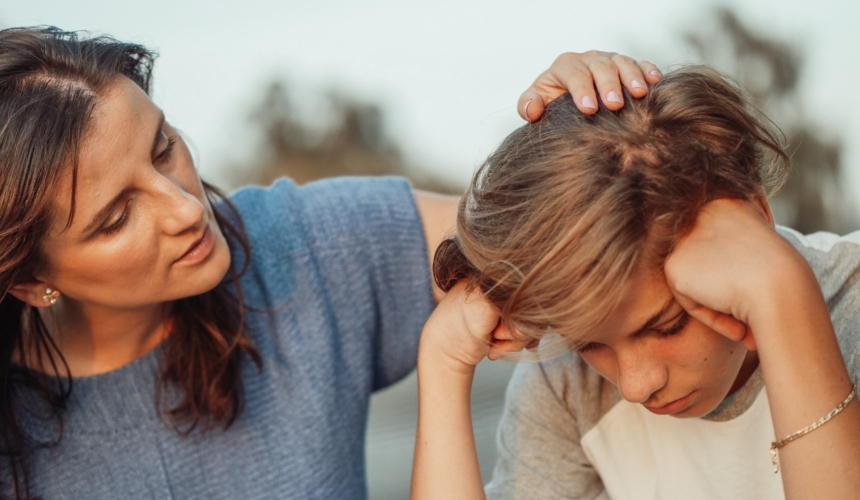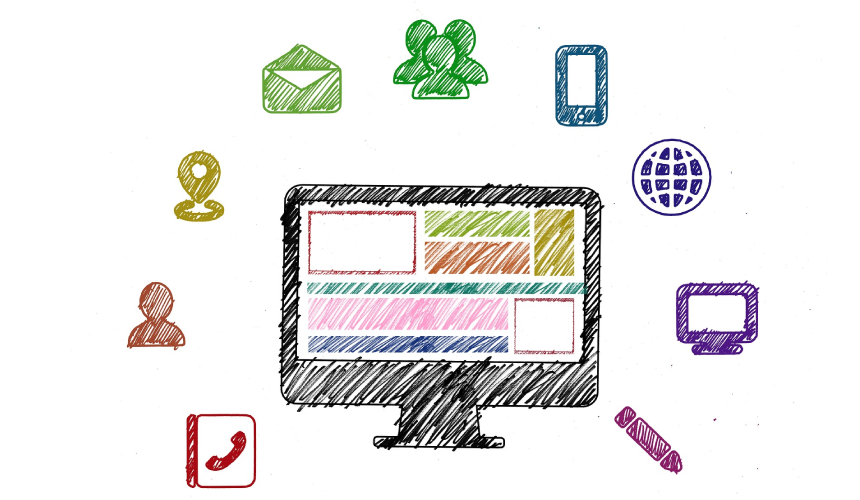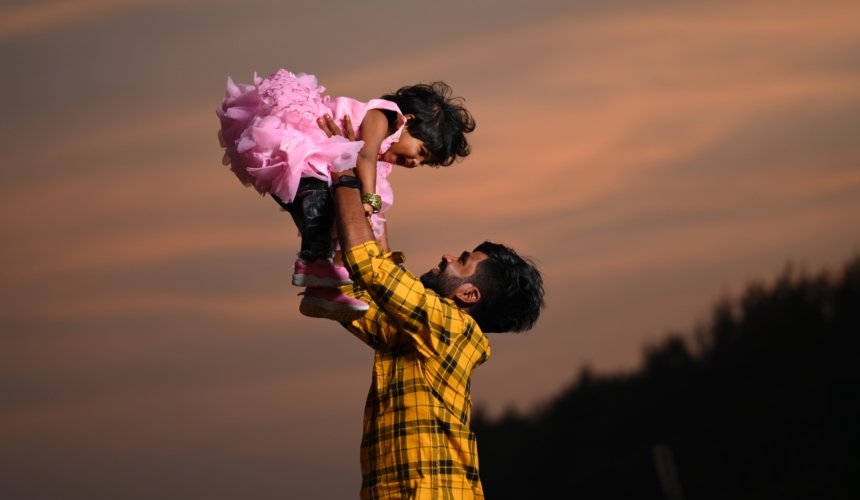

"Self-regulation helps teachers recognise and respond to their students’ needs, improve their relationships, and ultimately, help their students learn how to care for themselves"
Dr Stuart Shanker
Emotional regulation is a considerably broad topic, however, we feel the three most important things for teachers to know are:
Emotions are important. They help us to both organise our inner worlds, and they guide our focus on and responses to the world around us. The relationship we have with our emotions and how we regulate the impact of emotion is known as emotional regulation or self-regulation. We can think of this as the system we use to appropriately deal with stress and then recover.
Developing the emotional brain
Humans are not born with the ability to emotionally regulate themselves; it is something we develop throughout our childhood and into young adulthood. Therefore, babies and infants rely on others such as their parents to regulate their emotions for them. It is usually around the toddler stage that children begin to co-regulate their emotions alongside those they have developed secure attachments with. This marks an important step in a child developing the ability to self-regulate, which is a gradual process that typically continues into early adulthood. However, interruptions to this process in the form of insecure attachment or aspects relating to trauma can disrupt or delay the development of healthy emotional self-regulation.
To understand how the brain develops this capacity for self-regulation as we grow, it can be useful to understand a bit more about how this relates to the development of the brain itself.
Old brain, new brain
Outdated models of the ‘triune’ brain would refer to it as having developed in 3 stages, sometimes inaccurately referred to as the reptilian, the mammalian and the human. This is an over simplification; brains have evolved over hundreds of millions of years, from simple neural nets across a body (think jellyfish) to the incredibly complicated brains that humans possess today. To better understand how our brains have evolved, we can use a cross-section to visualise their structure.

Perhaps a more useful way of viewing the ‘triune’ brain is to look at when each part developed and what primary function it serves.
Our instinctive brain is thought to have evolved first. It is located in the brain stem and is associated with everything we need to keep us alive, controlling our breathing, heart rate and sleeping patterns as well as multitude of other things essential to our survival that we would not be able to sustain if we had to pay conscious attention towards; imagine having to consciously direct each beat of our hearts!. It is still a very complex part of the brain, but it is an unthinking and instinctual part that is set up to respond to danger and aid our survival.

Deep in the middle of the brain situated just above the brain stem is the limbic system, which is thought to have evolved second. We can think of this as our emotional brain as it houses lots of important parts of the brain associated with things such as mood regulation, habit forming and learning. It is also home to two very important structures called the amygdala and hippocampus, which are associated with our ‘fight, flight or freeze’ reactions as they help signal to our instinctive brain to prepare the body for this response to perceived threat.
Surrounding all of this is what we call the neocortex i.e. the pink folded mass that we often visualise when we think about the brain. This part of the brain evolved last (only about 200,000 years ago) and is considered the thinking part of the brain. It is comprised of 4 regions: the frontal lobe (associated with decision-making and goal directed behaviour), the parietal lobe (associated with sensory information and spatial awareness), the occipital lobe (associated with visual functioning) and the temporal lobe (associated with language, emotions and meaningful memories). These lobes all work together to create a consistent sense of ourselves and our identity, and give us a means of influencing and controlling our thoughts and behaviour.
The power of the developing mind
The order in which these parts of our brains evolved over hundreds of millions of years mirrors how our brain develops from birth to young adulthood. There are obvious reasons for this; we firstly need parts of our brain to control our biological processes essential to survival, and we need to be able to respond to dangers in our environment before we learn to think in words. This puts our thinking brain at a disadvantage as it is still maturing whilst learning to manage the more established and unthinking parts of the brain.
That being said, there are other advantages from our thinking brain developing last. This allows older and more pre-determined parts of the brain to provide the foundation for more diverse thoughts. It also means that we can adapt consciously to our environments in a variety of ways and future-proof against changes in the environment. However, it is crucial that we learn how to regulate emotions, which has large implications for our behaviour and makes young people more vulnerable to things like stress and emotion whilst they are still developing this part of the brain.
Stress and the brain
Without the ability to regulate emotion, or having an impaired ability to regulate emotion, a child or young person quickly becomes unable to cope with the stress and emotions they are experiencing.
A young person’s stress response is, for the most part, a good thing. However, the body’s stress response is somewhat crudely based on two powerful hormones: adrenaline and cortisol. Adrenaline and cortisol work together to set the body up to respond and perform. With any given situation there should be a suitable amount of these hormones released to cope with the situation in hand, and then there should be quick recovery. It is this process of calibrating emotional responses to challenge and subsequent recovery that is at the foundation of healthy emotional regulation, as it makes us able to react to and revert from stress.
However, as the brain is still learning and physically developing its capacity for self-regulation, a young person may find that unsuitable levels of stress hormones get released or are released at inappropriate times. Heightened stress levels trigger our survival response, which influences and impairs higher functioning parts of the brain.
We can view the brain as an inverted triangle with our powerful but limited brain stem (instinctive brain) at the bottom and the wider top representing our neocortex (thinking brain) and its multitude of potential responses.

When feeling safe, the higher functioning parts of our brain can work as normal. When we perceive danger, our brain stem seeks to inhibit or shut down these high functioning parts. This can reduce a young person’s ability to hear (perhaps hearing buzzing or other low frequency noises when stressed), think rationally, and most importantly, to read ‘affective cues’ (facial emotions and body language). Being unable to read facial emotions means neutral faces can be perceived as threatening or concerned faces as angry.
This can all make communicating and interacting with others very difficult and has implications for a young person developing emotional regulation and appropriate stress responses. In a maladaptive way of coping, a young person may learn to simply try and avoid stressful situations, cutting themselves off from environments in which they can develop coping strategies. When eventually presented with a stressful situation, they are therefore unable to manage their emotions, often resulting in what we observe as meltdowns or confrontational attempts to ‘end’ a stressful experience by shouting, getting angry, etc.
Over time, these problems can become embedded and impact negatively on a young person’s immediate wellbeing and future health. The inability to regulate emotions effectively is called emotional dysregulation, and is associated with the development of more serious mental health conditions in later life. If a young person cannot adequately manage stress internally then they may seek external maladaptive methods of coping such as using alcohol, drugs and other self-destructive behaviours.
Teacher wellbeing
As with all matters of wellbeing, taking time to focus on areas such as emotional intelligence and social confidence helps to build an outlook that feeds into the interactions a teacher has with the young people they support. Whilst we are preparing ourselves to help others we must also look after ourselves. We’ve got some advice and guidance on this in the teacher wellbeing section.
Recognise the role of stress on behaviour (for teachers)
A young person in a heightened stress state becomes hyper-sensitive to the world around them. A good analogy for this is a leaf falling on a car and setting its alarm off; for the observer this can seem like a tantrum based on nothing, however it is the sensitivity of young person’s impaired stress response which is driving the behaviour. Remember that a highly stressed young person may not be accurately interpreting what is going on.
In order to counter this, we need to reassess the behaviour of the child or young person not simply as someone losing control, but rather someone with an impaired capacity for monitoring and managing their own emotions. Once we have this perspective, we can start helping children and young people to develop their own self-regulation strategies and try and create the neural foundation for healthy self-regulation.
Dr Stuart Shanker from the self regulation institute has created series of videos that handle each element of emotional regulation in 60 seconds.
Talk about emotions
Talking about emotions in a safe, inclusive environment helps a young person identify and understand what their emotions are. Adults may take it for granted that we can name, label and understand our emotions. The truth is that we learnt how to do this, so we should provide opportunities for developing minds to do the same. Encourage talk about real-life situations that young people might have found themselves in. For example, if someone had a fight with a sibling that morning, hold discussions exploring how we all have emotions and how they can be tricky things to manage sometimes.
Use multi-sensory approaches
Emotions are something that we feel, and whilst it is useful to explain using words and labels, it can sometimes be useful to incorporate other senses to explain and explore how a child or young person is feeling emotionally.
We have also created some exercises and resources that can be shared with young people, and discussions facilitated around them.
Emotions are important. They help us to both organise our inner worlds, and they guide our focus on and responses to the world around us. The relationship we have with our emotions and how we regulate the impact of emotion is known as emotional regulation or self-regulation. We can think of this as the system we use to appropriately deal with stress and then recover.
Without the ability to regulate emotion, or having an impaired ability to regulate emotion, a child or young person quickly becomes unable to cope with the stress and emotions they are experiencing. It is this process of calibrating emotional responses with recovery that is at the foundation of healthy emotional regulation. To put it another way, we need to learn to how to manage our emotions through a process of challenges and recovery, thus developing the ability to respond and recover to stress.
A highly stressed young person may not be interpreting what is going on accurately. Talking about emotions in a safe, inclusive environment helps a young person identify and understand what their emotions are.
We have developed two videos to help teachers facilitate conversations around emotions. You can use the first video with your class or groups of pupils. The second video will talk you through how to use the first and give you some ideas on how to facilitate discussions around emotions. We also have some emotion-based exercises in our resource section.
( resources found)

































How useful was this info?
Click on a star to rate it!
![]()
© Copyright Breathe 2020- 2024
Terms and Conditions | Privacy Policy
supporters & partners 



![]()
